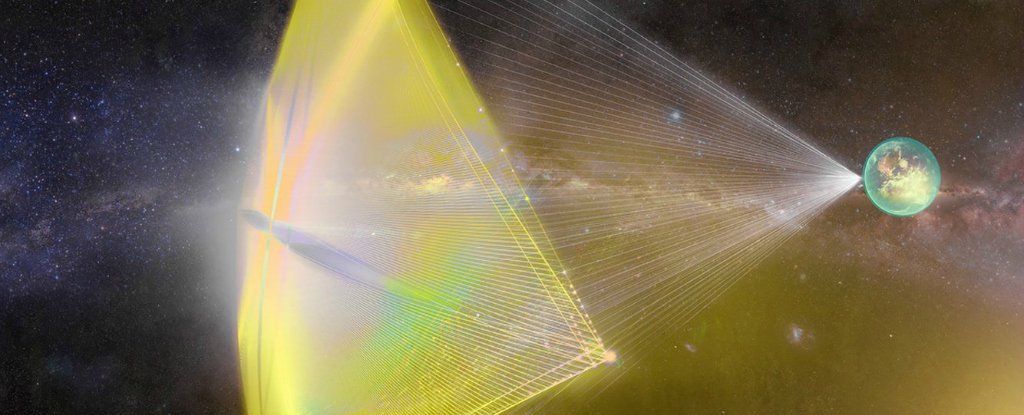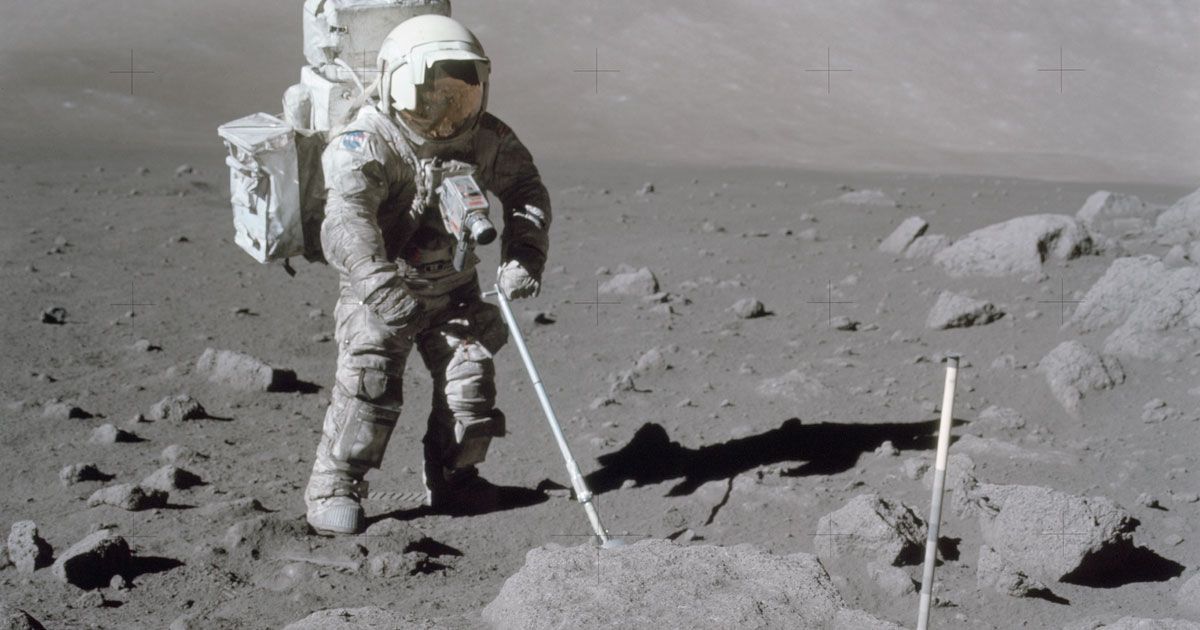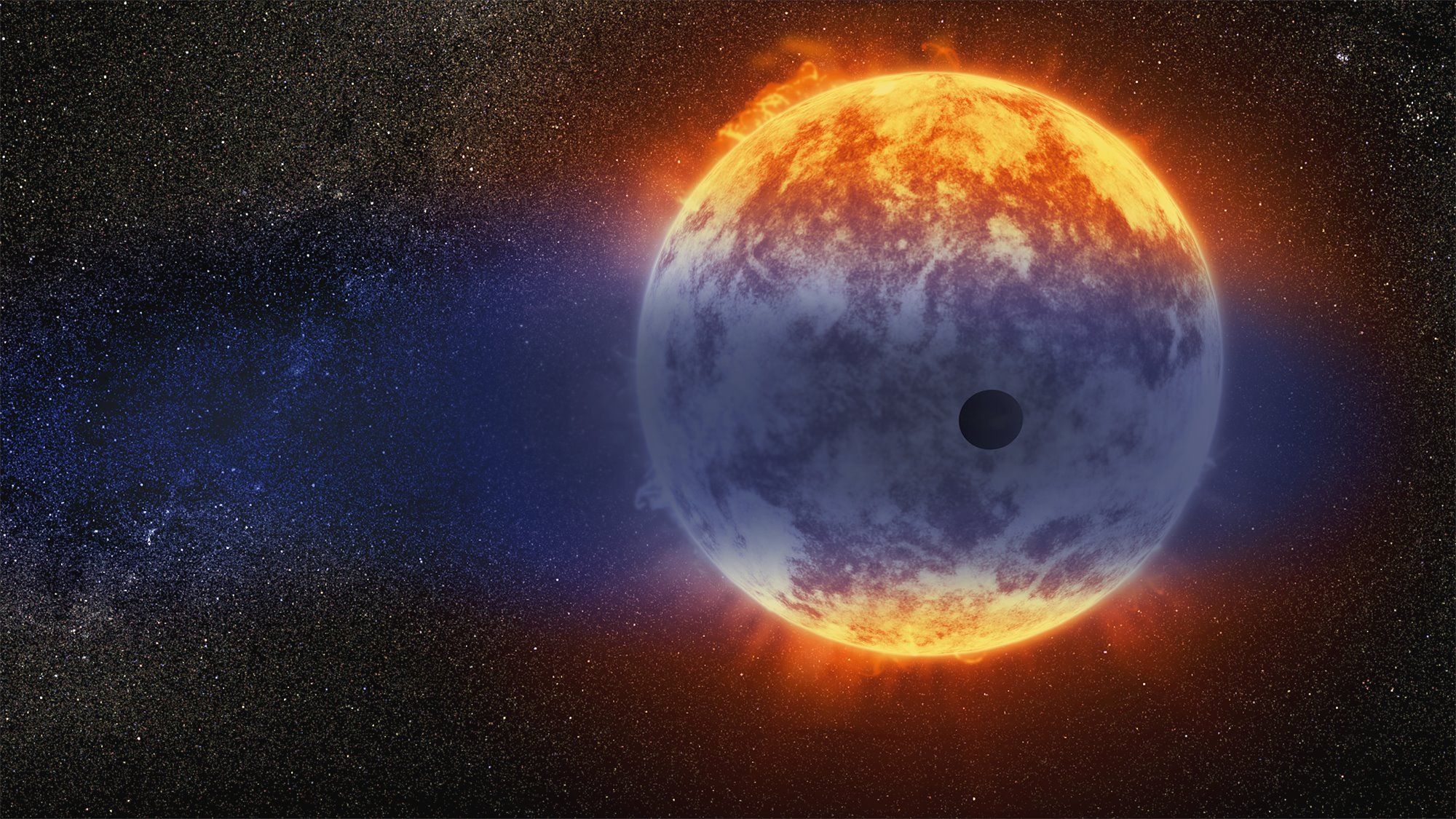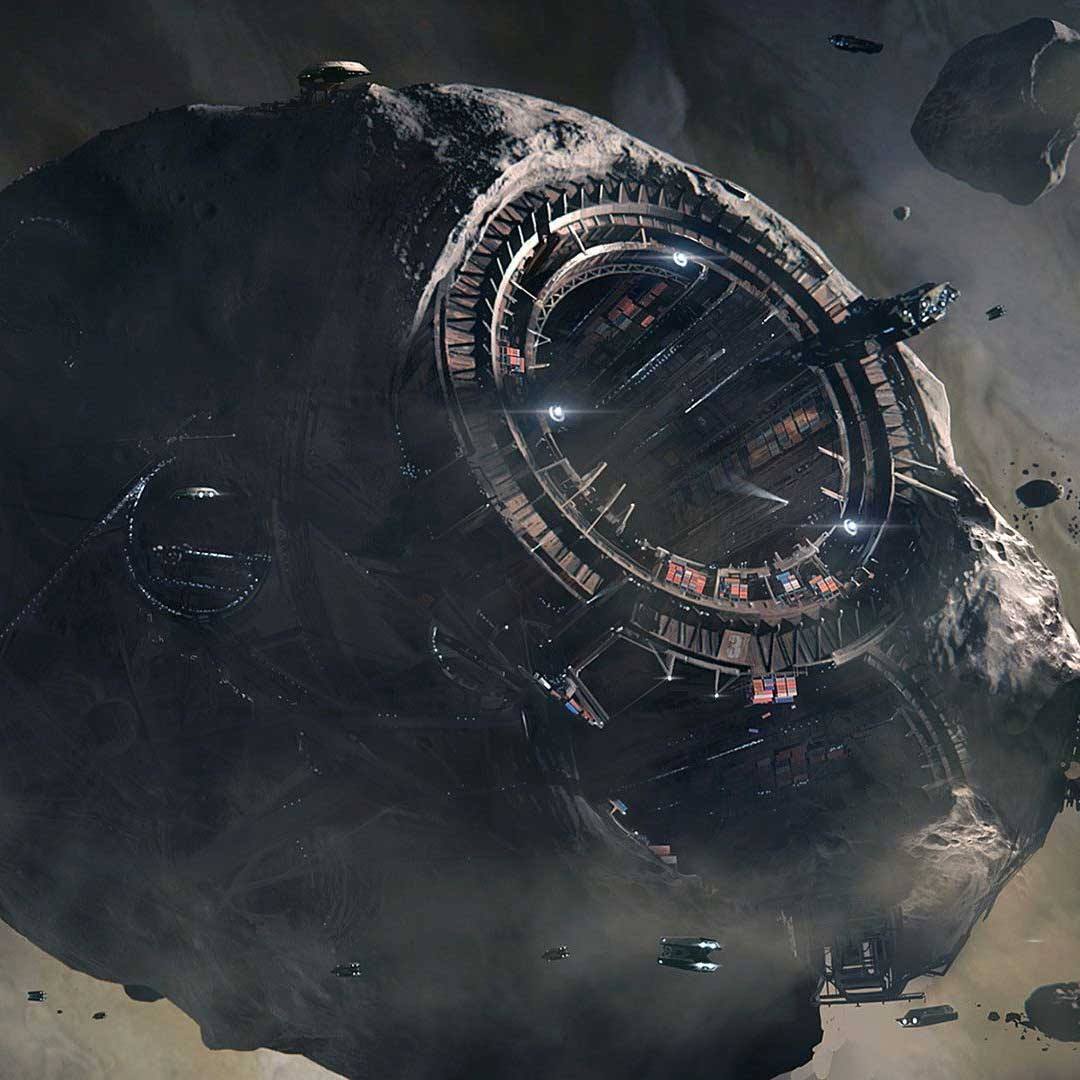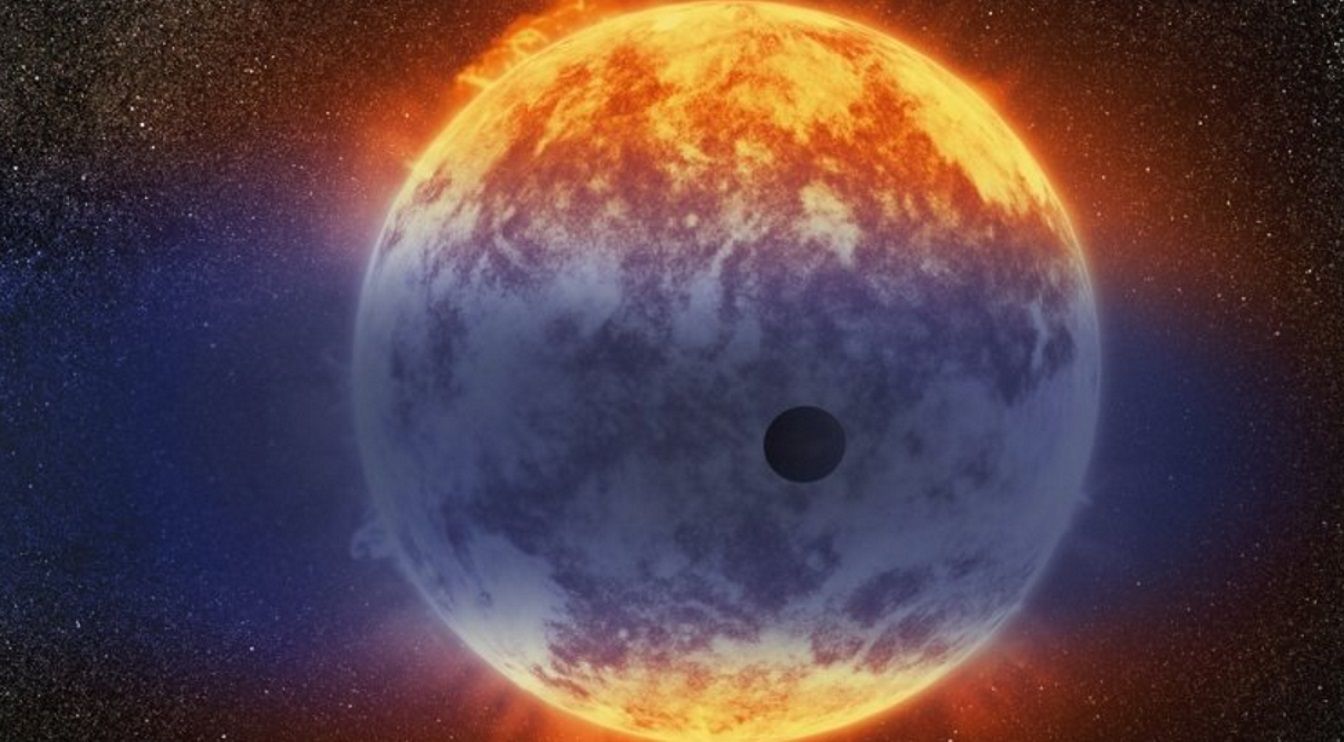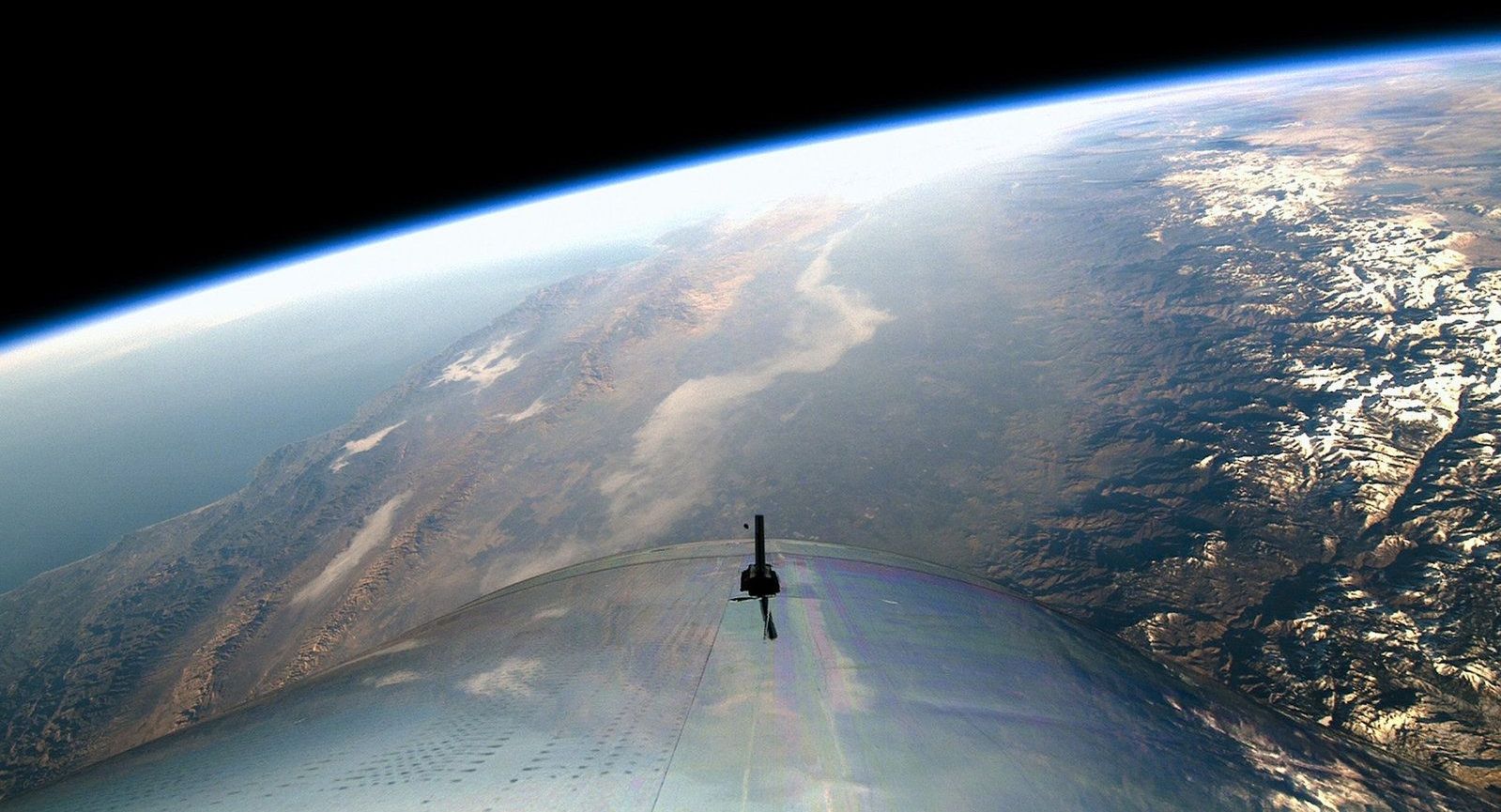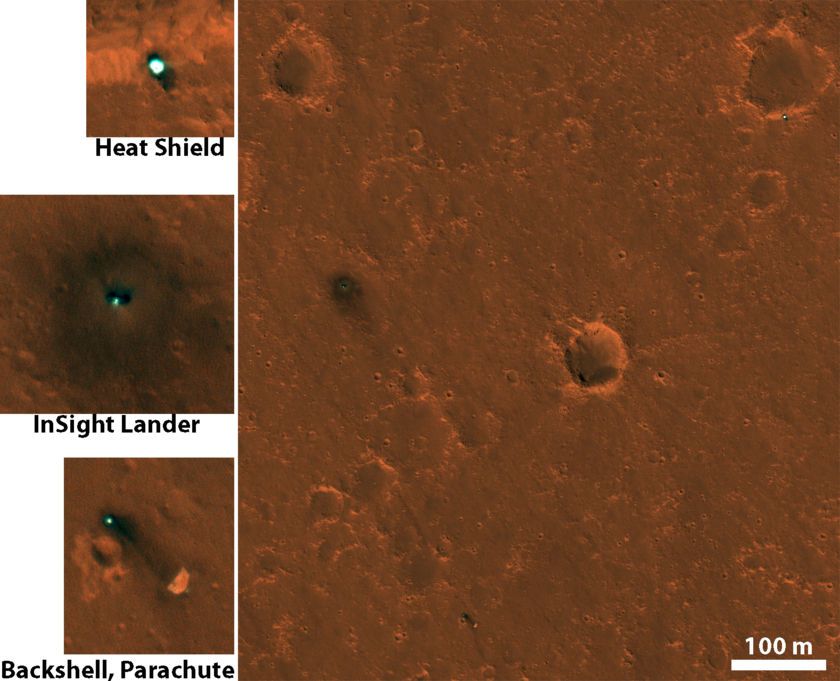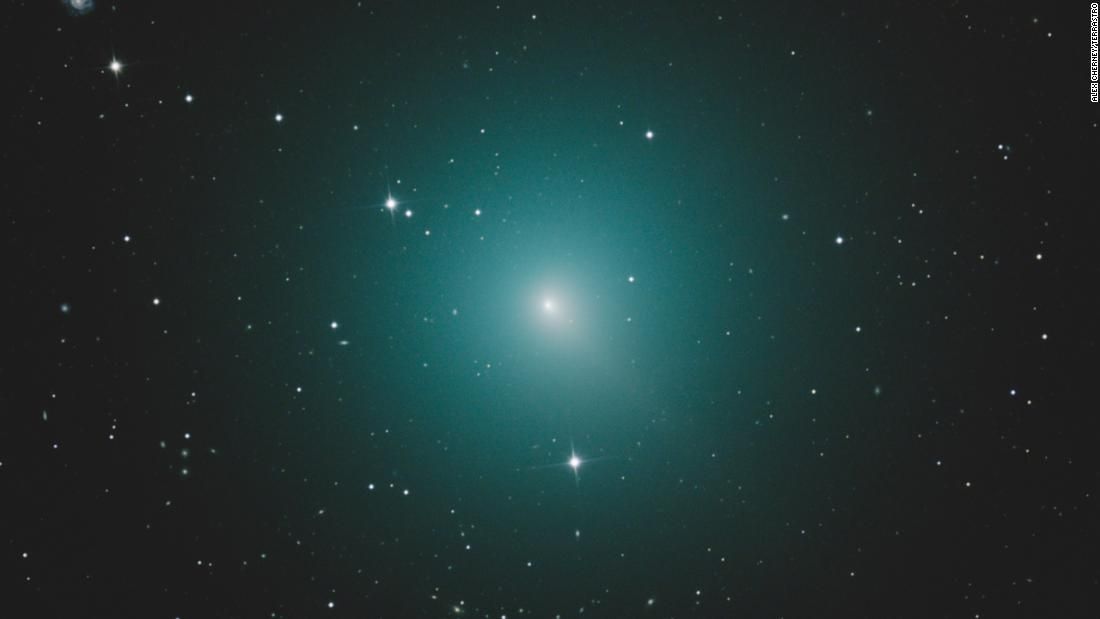An initiative called Breakthrough Starshot wants to explore another star system using ultra-powerful laser beams and wafer-thin spaceships.
It’s a goal that sounds so fantastic, you’d be forgiven for dismissing it as science fiction. But it’s no joke, and the project’s chief engineer says millions of dollars’ worth of work is moving along without any major snags.
Starshot’s founders and collaborators include the late Stephen Hawking, Harvard University astronomer Avi Loeb, and Russian-American billionaire Yuri Milner. The concept is based on more than 80 scientific studies about interstellar travel.
